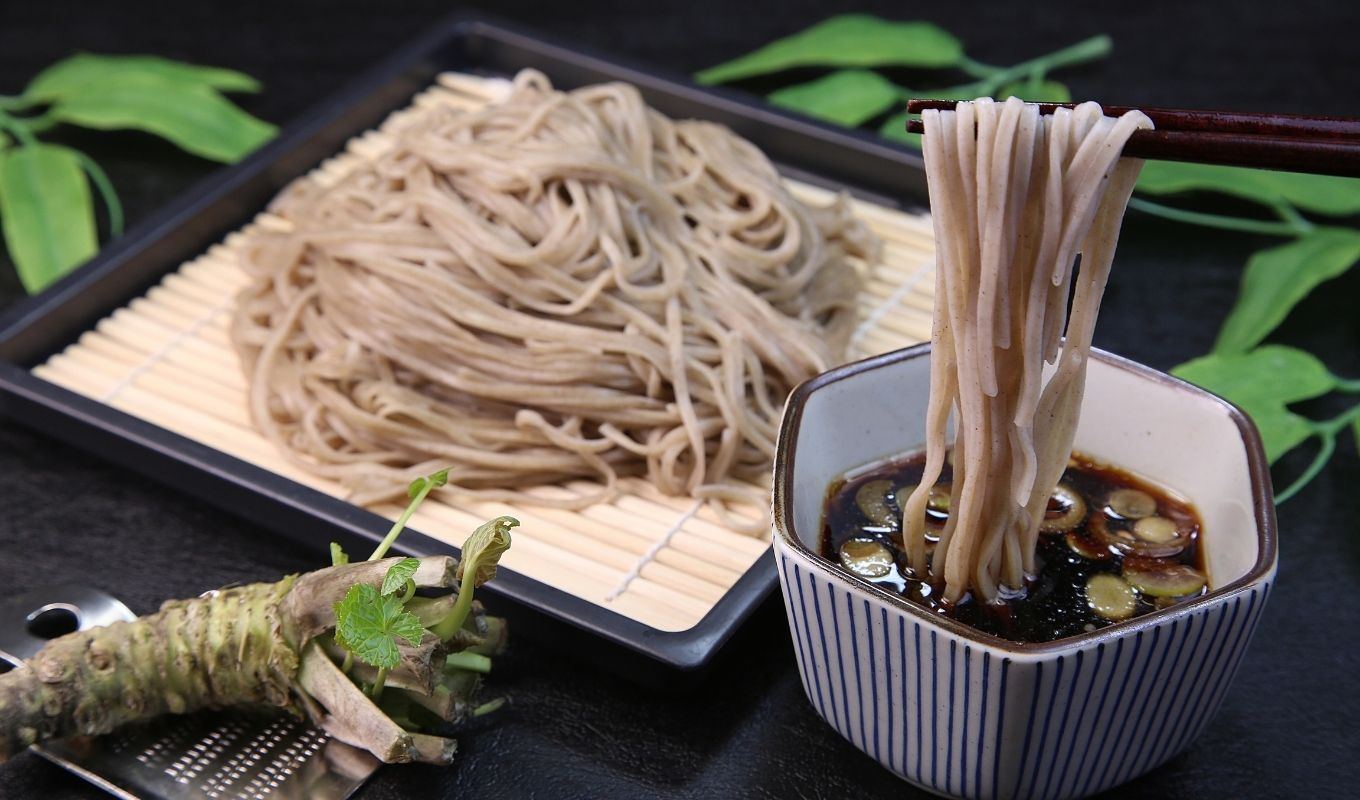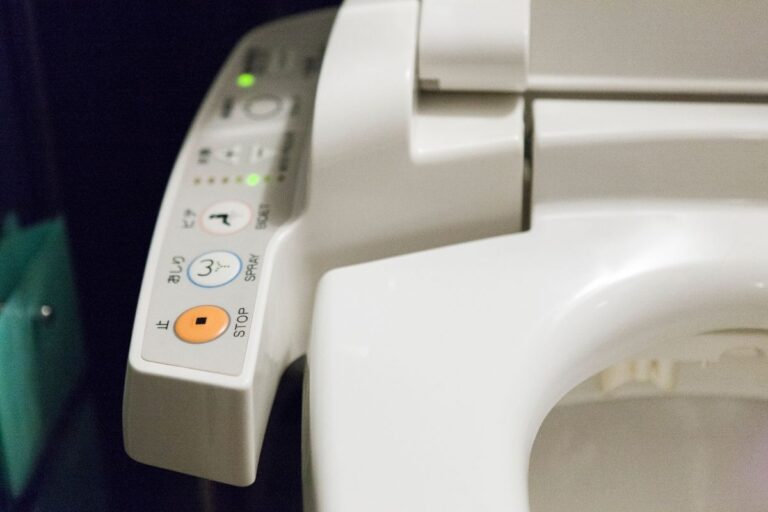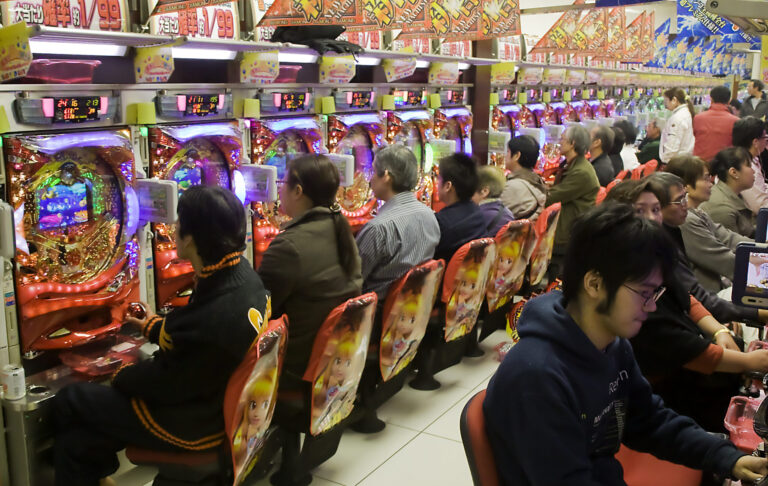How would your mother, who always told you to mind your manners at the dinner table, feel about you noisily slurping a bowl of noodles? If she were a Japanese chef, she’d be flattered! In Japan, noodles are everywhere you look: served fresh and piping hot in restaurants, a staple ingredient in soup, and in instant packages on grocery store shelves for simple and fast meals. (College students in the United States know that you just add boiling water to the dried noodles and soak them for two to three minutes!)
Japanese noodles are most often served warm in a soy dashi-stock broth (dashi is used to make miso soup), but in the summer, it’s not uncommon for some varieties of Japanese noodles to be drained and served chilled. Popular toppings on Japanese noodles include soy sauce, nori seaweed, vegetables, seafood, and beef.
Let’s take a closer look at some of the most popular varieties of Japanese noodles:
Ramen
You’ll be hard-pressed to find ramen noodles—Chinese-style noodles made of wheat flour and processed with kansui, an alkaline mineral water responsible for the noodles’ distinct taste—served in anything but a soy- or miso-flavored meat, vegetable, or fish broth. Ramen stands and restaurants are ubiquitous in Japan and there are countless varieties of ramen, including local neighborhood specialties. Some of the most popular types of ramen include:
Ramen Soup
- Miso ramen, the newest staple of ramen, dates back to 1965 in Hokkaido. Miso ramen features ramen noodles in an oily fish, chicken, pork, or lard broth combined with a large amount of miso. It is considered both hearty and sweet.
- Shio ramen is perhaps the oldest form of ramen and is the most similar to the original Chinese variety. It includes ramen noodles in a salty clear yellow broth combined with chicken, vegetables, fish, and/or seaweed. Calorie counters should pick shio ramen, as it is one of the healthiest varieties.
- Shoyu ramen includes curly ramen noodles in a clear brown chicken, vegetable, fish, or beef broth made with soy sauce. Shoyu ramen typically includes bamboo shoots, fish cakes, green onions, bean sprouts, boiled eggs, and seaweed.
- Tonkotsu ramen, a Kyushu specialty, is a dish made of ramen noodles in a cloudy white broth derived from pork bone, fat, and collagen. Included in the soup is usually mayu, an oil derived from sesame seeds or garlic.
Udon
Udon noodles are made of wheat flour and are easily the thickest variety of Japanese noodles you’ll find. Enjoyed both hot and cold, udon noodles are sometimes called “Japanese pan noodles” in the West.
Soba
Soba noodles are often called “buckwheat noodles” in English and most soba noodles are made of buckwheat. However, “soba noodles” may also refer to any kind of thin noodle in Japan.
Yakisoba, a popular fried noodle dish, sounds like it’s made from soba but is actually closer to ramen noodles than soba noodles. The noodles in yakisoba, like ramen, are made of wheat flour and are stir-fried with vegetables like onions, cabbages, and carrots in a yakisoba sauce.
Somen
Somen noodles, like udon noodles, are made of wheat flour, but they are extremely thin, thinner even than soba noodles. Since the Japanese consume somen most often in the summer, you’ll find somen noodles served cold more often than warm and with a dipping sauce called tsuyu. The tsuyu is most often made of dried, fermented, and smoked tuna and is seasoned with ginger and onions.
Shirataki
Another variety of thin noodles, shirataki noodles are noodles made of konjac (a subtropical Asian plant) and are good for the dieter as they are low in both calories and carbohydrates. Shirataki noodles are unique in that they appear clear and gelatinous and are devoid of flavor. However, served in soup stock and with sauces, they make a popular Japanese noodle.



